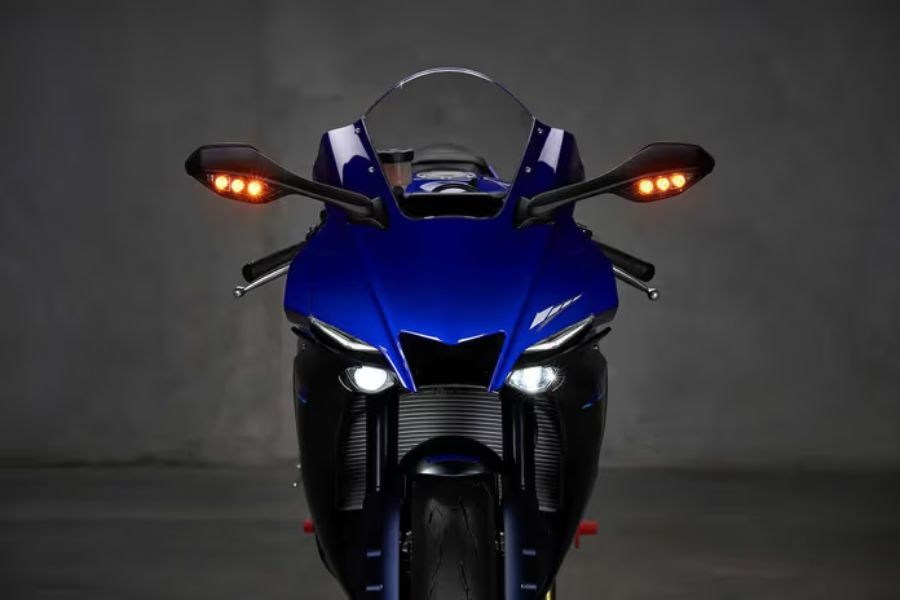Yamaha appears to be preparing a significant technological update for its flagship R1 superbike. A newly surfaced patent reveals the brand is developing an active aerodynamic system that promises to enhance both cooling efficiency and high-speed performance through smart airflow management.
Smarter Bodywork, Smarter Performance
The core of this innovation lies in redesigned side fairings that integrate adaptive air ducts. These ducts automatically open or close based on real-time inputs from the motorcycle’s electronic control unit (ECU), such as engine temperature, ambient conditions, throttle input, and speed. The goal is to achieve a balance between optimal engine cooling and reduced aerodynamic drag.
Unlike the more exposed bodywork of current R1 models, the new design features more enveloping side panels. These panels house variable vanes that manage airflow after it passes through the radiator. By controlling how and when hot air exits the bodywork, Yamaha aims to reduce turbulence and boost straight-line performance.
Two Configurations in Development
According to the patent, Yamaha is exploring two possible configurations. One setup uses a single, large duct on each side of the fairing with adjustable vanes. The second design features dual ducts per side, which could provide finer control over airflow and improved thermal regulation, especially under varying riding conditions.
Lightweight and Efficient Mechanism
The movement of the vanes is handled by a compact electric step motor linked via a belt drive — a lightweight and space-efficient solution that minimizes any impact on the R1’s weight or balance. This active system allows the bike to adapt its aerodynamic profile on the fly, switching between cooling-focused and drag-reducing modes depending on the riding scenario.
Performance Meets Practicality
While the idea of active aero isn’t entirely new — with models like the Moto Guzzi V100 Mandello already employing basic versions — Yamaha’s patent suggests a more dynamic and performance-oriented execution. Not only could this boost the R1’s capabilities on track, but it also has real-world implications: improved fuel economy, lower emissions, and potentially longer engine life due to better thermal management.
If and when this technology makes it to production, Yamaha’s R1 could become one of the few road-going superbikes that seamlessly blends performance aerodynamics with practical efficiency — a step that could influence both street and racing motorcycles in the years to come.
Read More:

